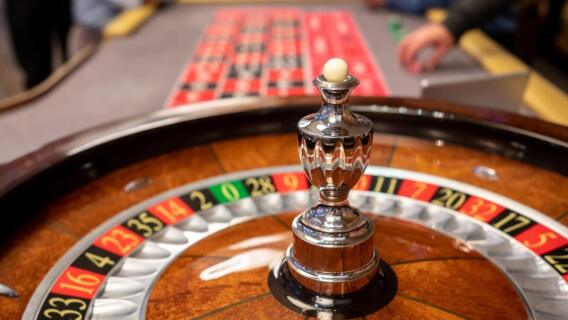The number one question I get from my Cabot Options Trader subscribers is, “Should we double down, or buy more, when a stock or option position is going against us?” While I personally NEVER double down, as I only want to be wrong once, it is of course the choice of the subscriber if he or she wants to put more money at risk. And despite my reluctance to do so, there is a popular betting system whose entire modus operandi is that you should always double down.
Long ago, when I was taking statistics in college, my professor decided to pique the interest of his students by focusing a few classes on the statistical analysis of betting systems. One of the first systems we studied was known as the Martingale strategy or system.
Before I get into how it applies to stock trading, let’s briefly talk about the history and basics of the system.
[text_ad]
The Martingale strategy has been around since at least the 1800s, though some argue even the 1700s, when John Henry Martindale, a London Casino owner, allegedly used the strategy. The mystery surrounding the years of Martindale’s system is not the only gray area, as the spelling of his name must have been lost in translation, as Martindale became forever known as Martingale. Regardless …
In its purest form, the strategy is quite simple, which is why it is popular in gambling circles. From roulette to sports betting, the strategy involves doubling down on losing bets. No matter how many times you lose in a row, keep doubling down, as at some point you will win, and recoup all of the losses along the way.
The Martingale Strategy and Dynatrace
In 2022 I witnessed the use of the Martingale strategy, in some form, in Dynatrace (DT).
Here are the trades, and the premiums paid by this trader:
- 1/3 – Buyer of 13,000 Dynatrace (DT) May 70 Calls for $3.90 ($5,007,000) – Stock at 59
- 1/4 – Buyer of 8,000 Dynatrace (DT) February 60 Calls for $3.20 ($2,560,000) – Stock at 56
- 1/6 – Buyer of 35,000 Dynatrace (DT) February 55 Calls for $3.32 ($11,620,000) – Stock at 53
- 1/21 - Buyer of 35,000 Dynatrace (DT) May 50 Calls for $5.70 ($19,950,000) – Stock at 47
- 2/2 (After earnings) - Buyer of 44,000 Dynatrace (DT) May 50 Calls for $3.90 ($17,160,000) – Stock at 46
At this point, the trader owned approximately 80k May 50 calls, as he had rolled his calls down from higher levels so that he could get the best upside exposure possible to a stock rebound.
In theory, the Martingale strategy seems like it could be a good idea, as does this trading strategy.
For example, think about a coin toss. The probability of the coin landing on heads is 50%. And if we flip that same coin 10 times, statistically speaking our win ratio of heads to tails is 50%. But there is something in statistics called variance, which leads to possibly just three heads out of 10 flips. Or even seven heads out of 10 flips. Even “worse,” there will also be the occasion when only one head shows up on 10 flips.
What this system doesn’t take into account, making it even more flawed when it comes to stock trading, is the fact that buying stocks isn’t equal to flipping coins or playing blackjack.
For example, if you doubled down and rolled call positions every time a stock like Enron or Lehman Brothers fell 10%, eventually these stocks went to zero and all call premiums would be lost.
Stepping back to DT … the trader above held 80,000 May 50 calls. DT rose as high as 48.55 in early April, and it’s possible that the trader exited this position without taking too much of a loss. However, DT subsequently traded as low as 30.11 in mid-May ahead of earnings and didn’t reach the 50 level again until summer of last year. If the trader continued to hold those calls heading into earnings (certainly a possibility as earnings were released May 18th, two days ahead of expiration), they would have realized a total loss.
Regardless of how this hedge fund/institution managed the DT position, it’s been my experience that over time, walking away from losing trades, and not doubling down, as well as letting your winners run as far as possible, are the keys to successful trading.
[author_ad]

